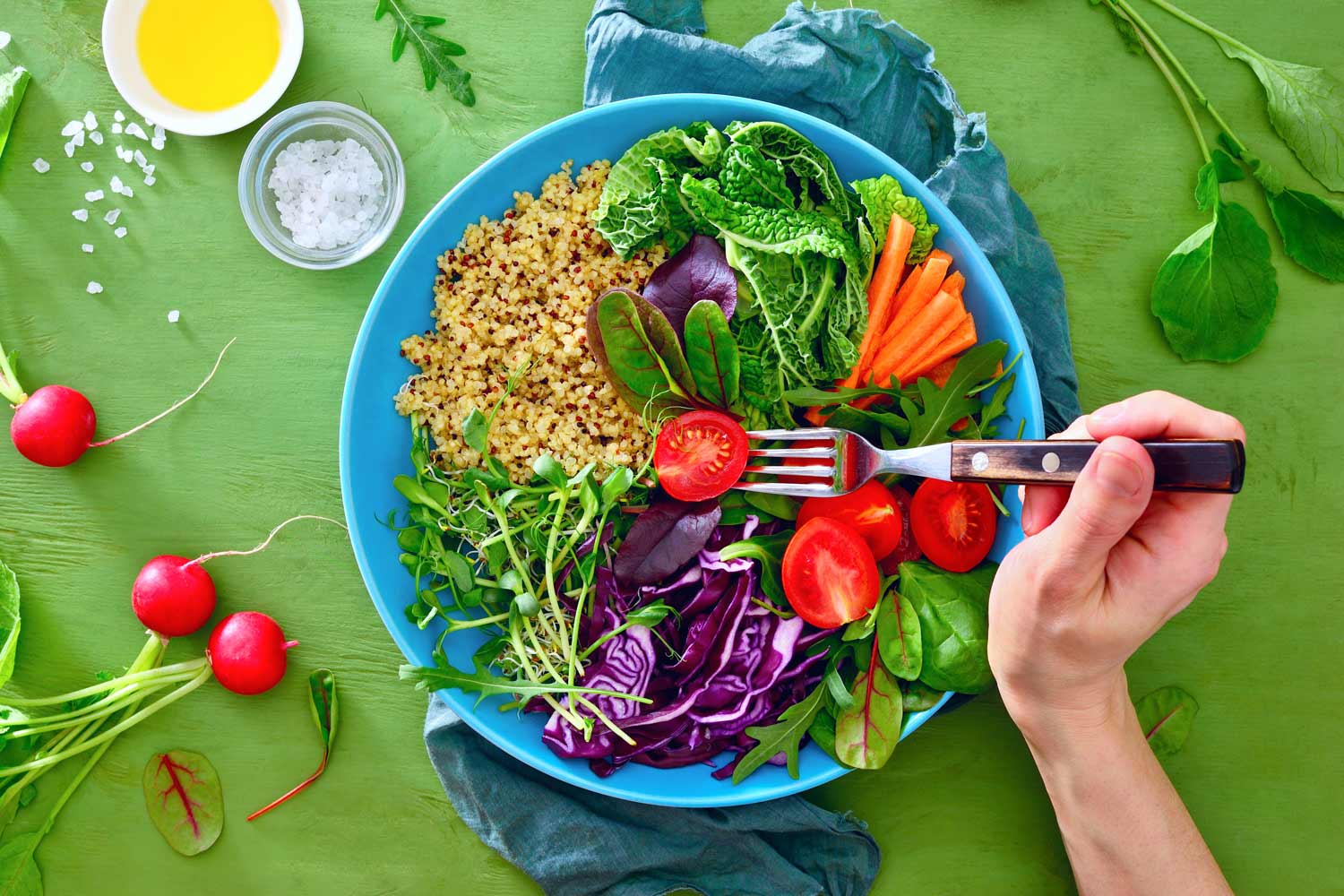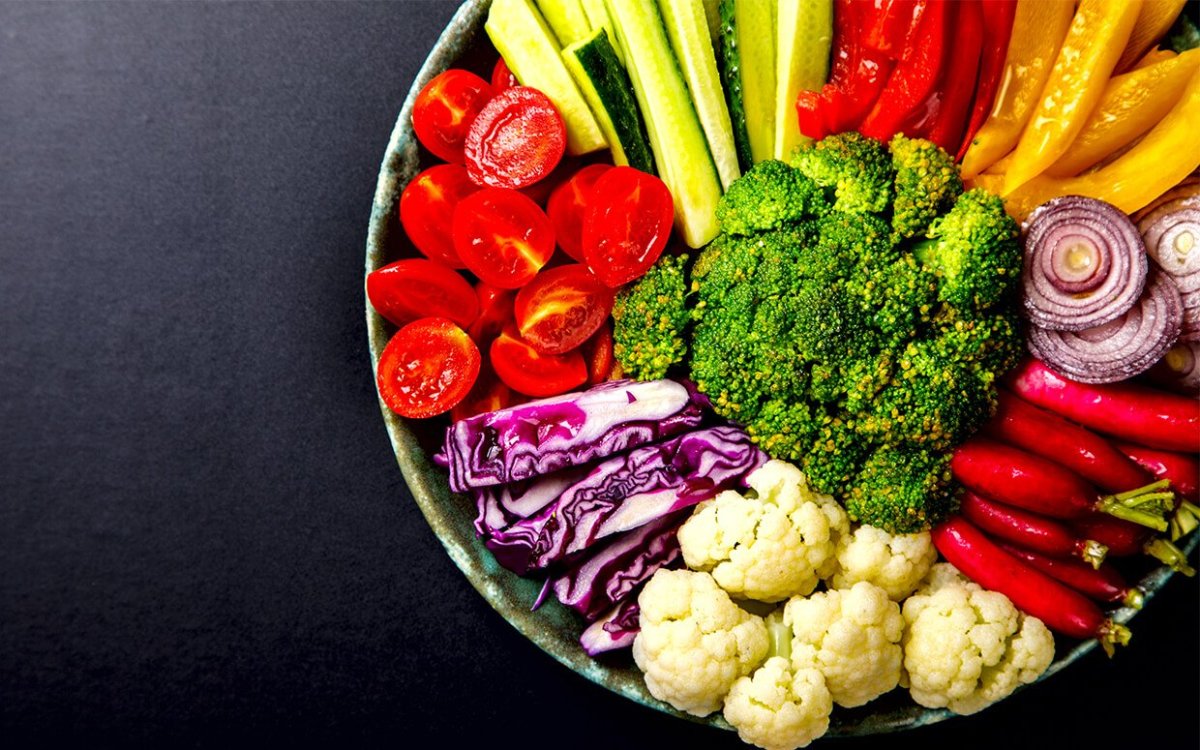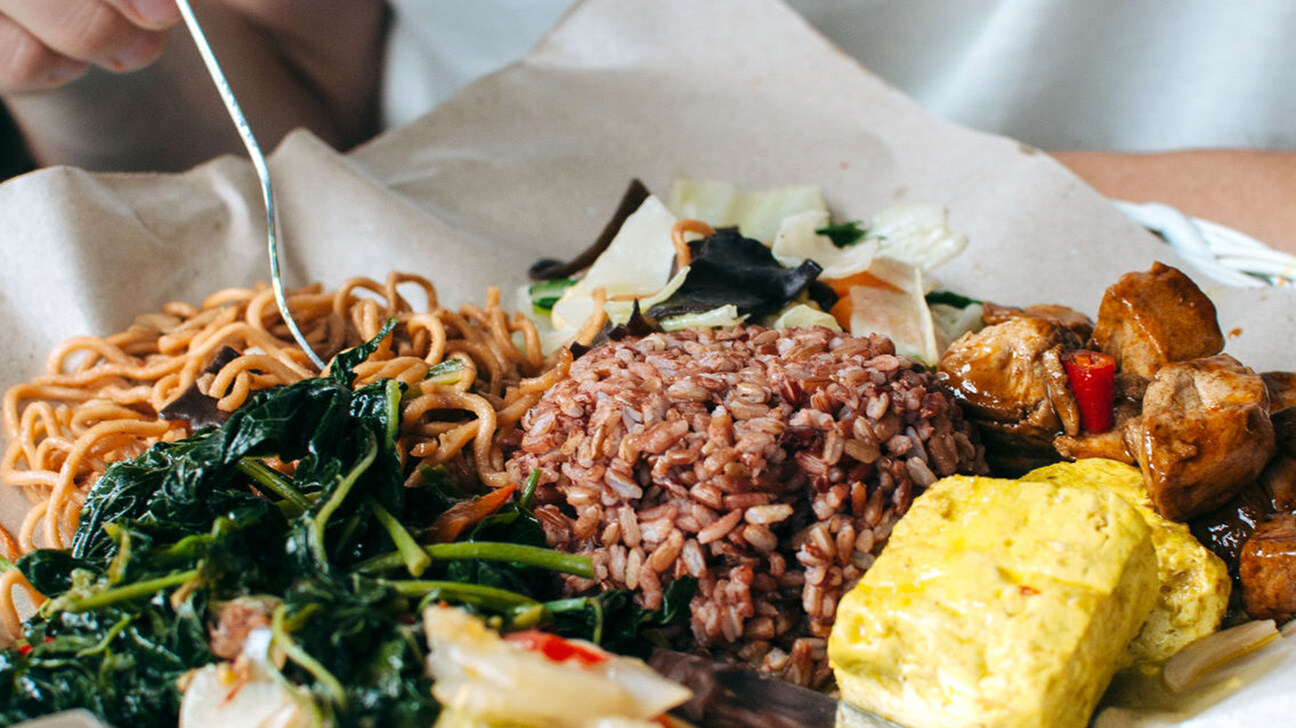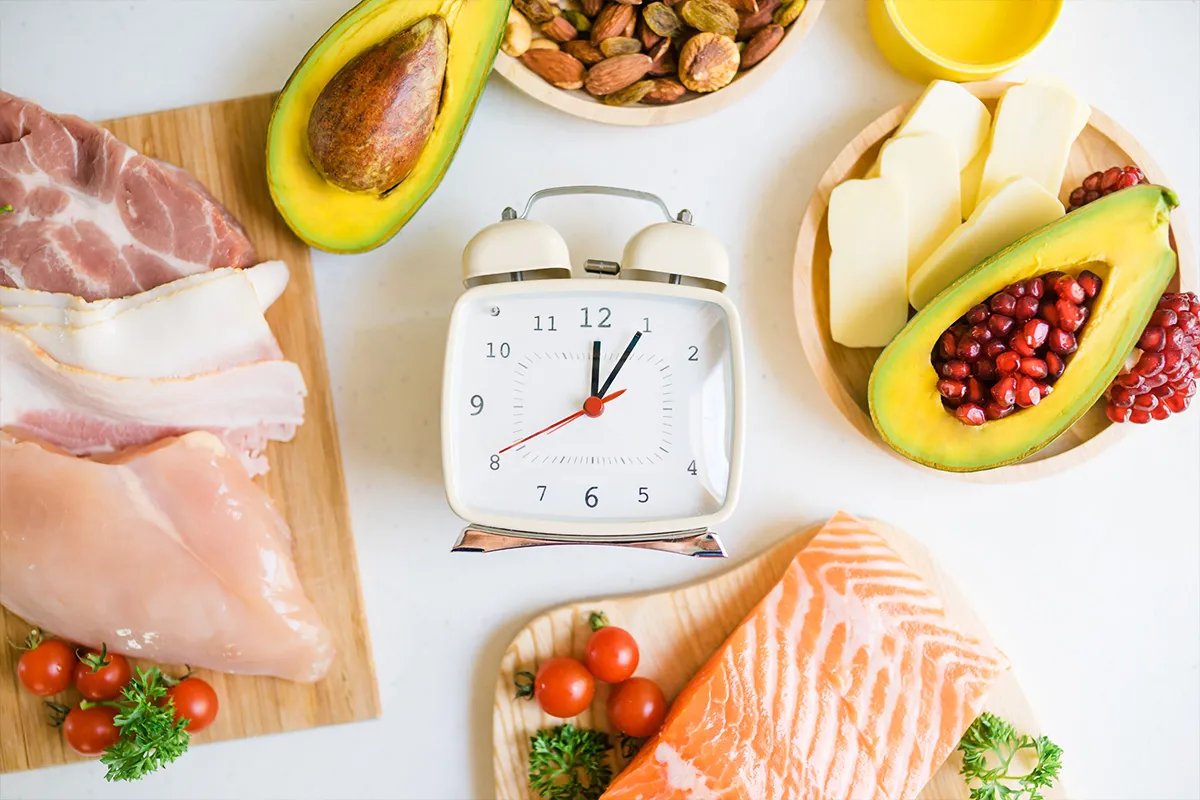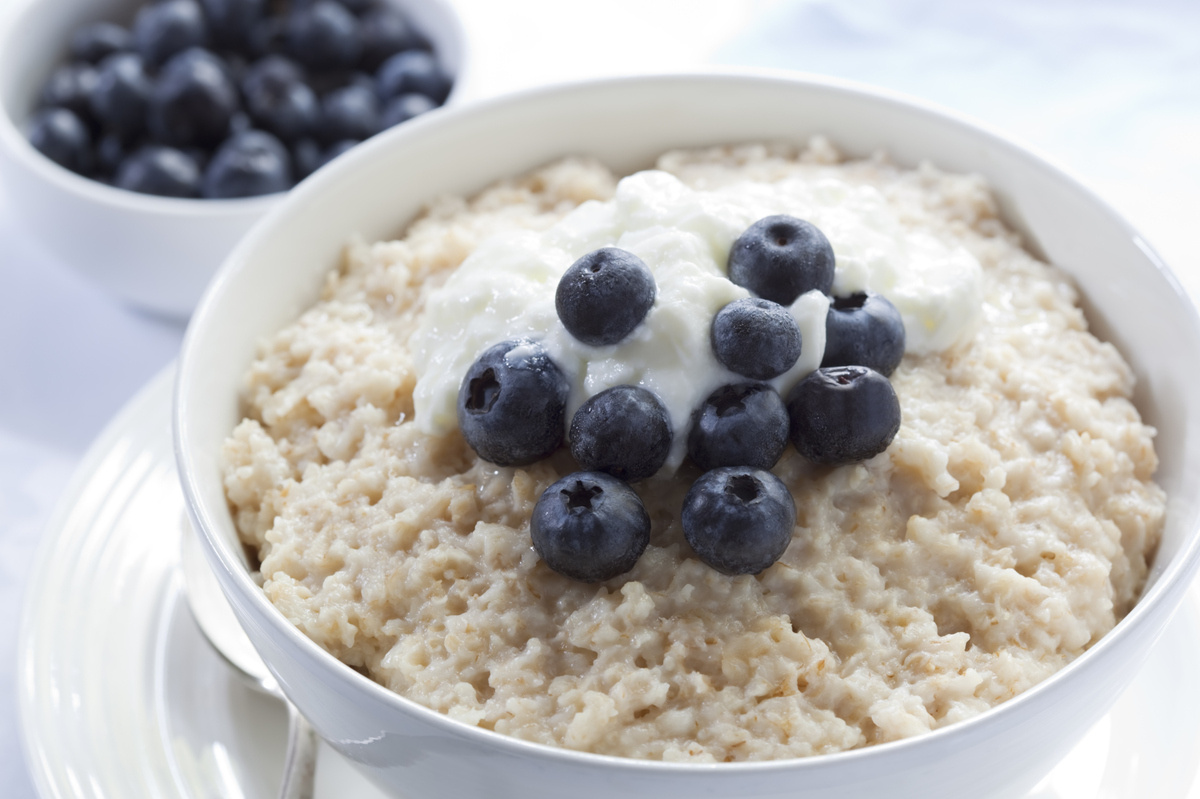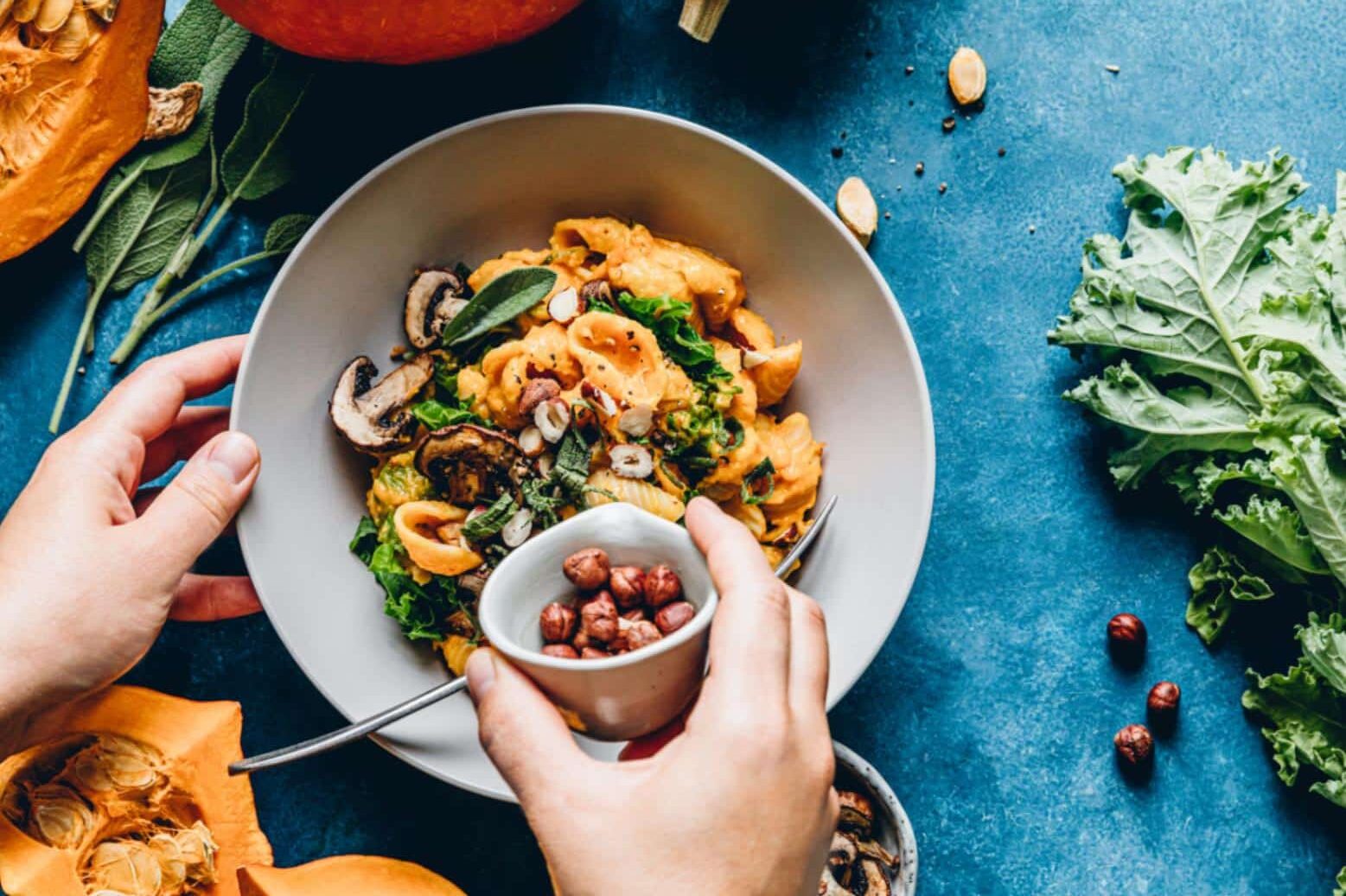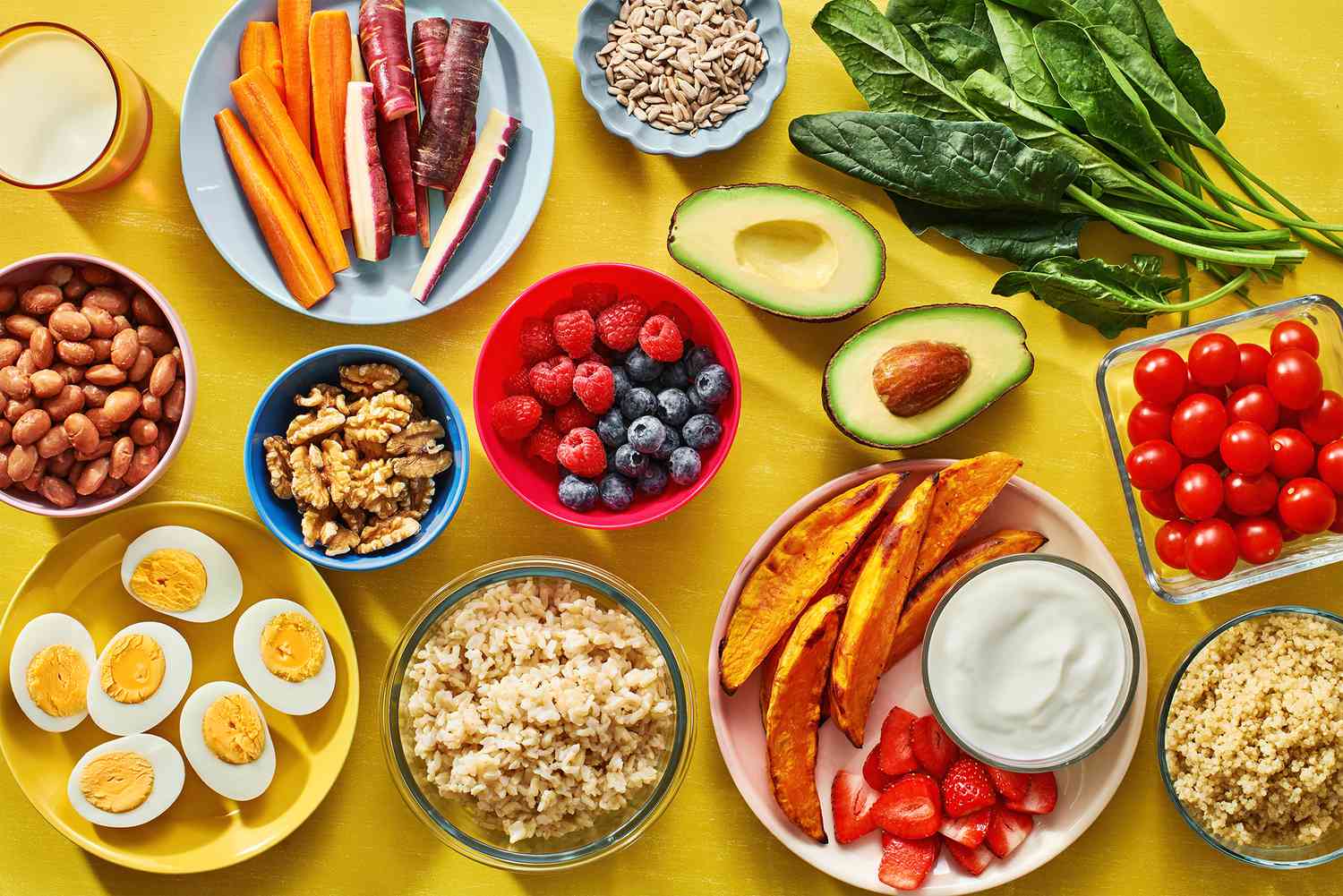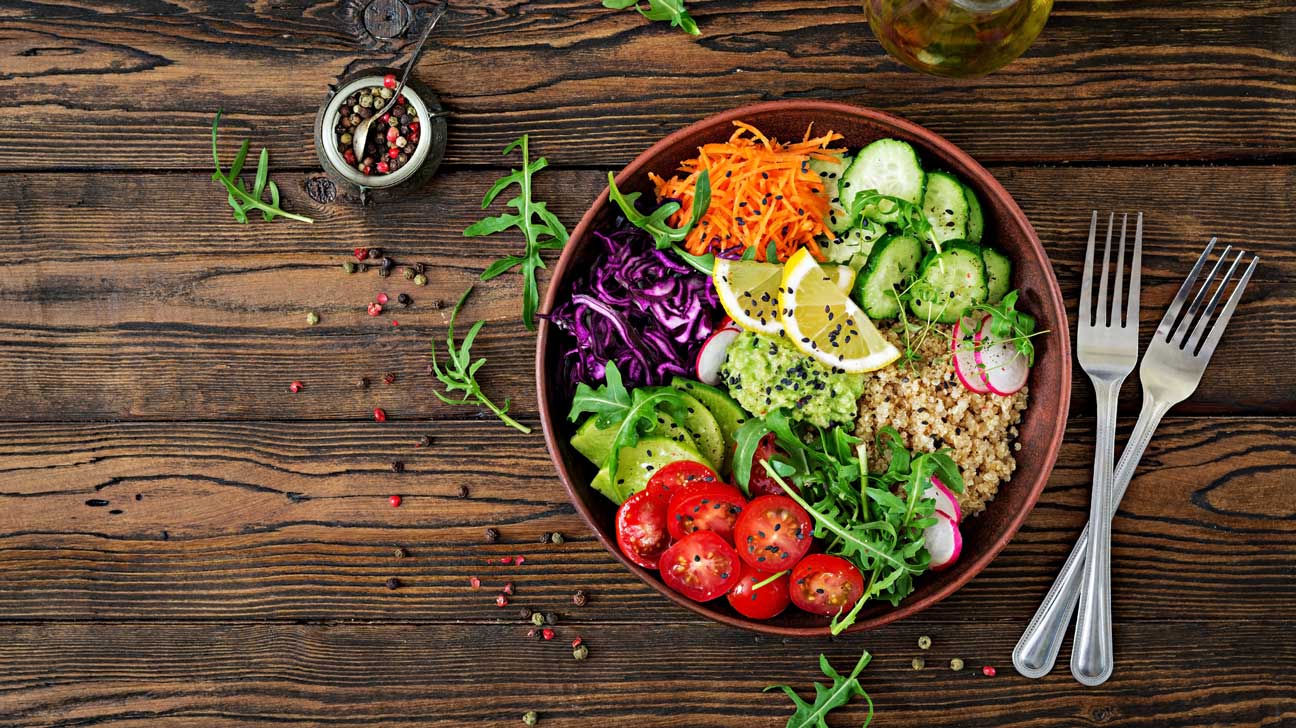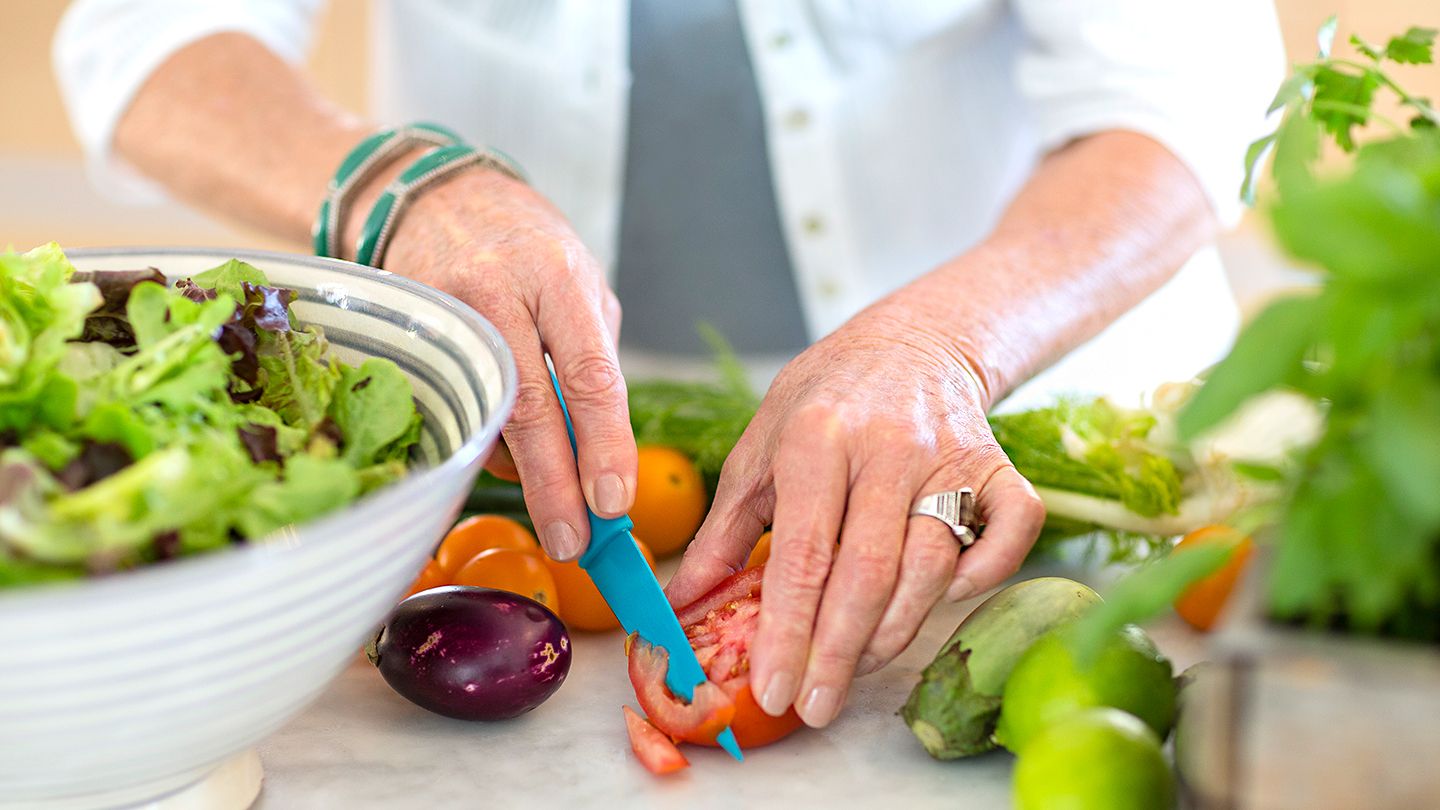Why Eating Enough Vegetables Is Important
Eating enough vegetables is crucial for maintaining a healthy and balanced diet. Vegetables are packed with essential nutrients, including vitamins, minerals, and fiber, that are vital for overall health and well-being. Incorporating a variety of vegetables into your daily meals can help reduce the risk of chronic diseases, support digestion, and promote a strong immune system.
Simple Ways to Increase Vegetable Consumption
For many people, finding ways to eat enough vegetables can be a challenge. However, with a little creativity and planning, it’s possible to incorporate more vegetables into your diet. Here are some simple and effective strategies to help you eat enough vegetables:
- Include Vegetables in Every Meal: Whether it’s adding spinach to your morning omelet, tossing mixed vegetables into your lunch salad, or roasting a medley of veggies for dinner, make it a goal to include vegetables in every meal.
- Snack on Raw Vegetables: Keep a variety of raw vegetables, such as carrots, cucumbers, and bell peppers, washed and cut in the fridge for quick and healthy snacking.
- Blend Them Into Smoothies: Sneak leafy greens like kale or spinach into your morning smoothie for an extra boost of nutrients without altering the taste significantly.
- Try New Recipes: Experiment with new vegetable-based recipes to keep things interesting. Whether it’s a colorful stir-fry, a hearty vegetable soup, or a flavorful veggie curry, there are countless ways to enjoy vegetables.
- Make Veggie-Based Dips: Pairing raw vegetables with delicious dips like hummus, tzatziki, or guacamole can make snacking on veggies more enjoyable.
Planning and Preparing Ahead
One of the keys to eating enough vegetables is to plan and prepare ahead. Here are some tips to help you incorporate more vegetables into your meals:
- Meal Prep: Spend some time on the weekend washing, chopping, and portioning out vegetables so they are readily available during the week.
- Stock Up on Frozen Vegetables: Frozen vegetables are just as nutritious as fresh ones and can be a convenient option to have on hand for quick and easy meal additions.
- Grow Your Own: If space allows, consider starting a small vegetable garden to have a fresh supply of produce right at your fingertips.
Setting Realistic Goals
When it comes to increasing vegetable consumption, it’s important to set realistic and achievable goals. Start by gradually increasing the amount of vegetables you eat each day and be open to trying new varieties. Over time, you may find that your taste preferences evolve, and you develop a greater appreciation for the diverse flavors and textures that vegetables have to offer.
Final Thoughts
Eating enough vegetables doesn’t have to be a daunting task. By incorporating a variety of vegetables into your meals, planning and preparing ahead, and setting realistic goals, you can easily increase your vegetable consumption and reap the numerous health benefits that come with it. Remember, every bite of vegetables brings you one step closer to a healthier and happier you.
